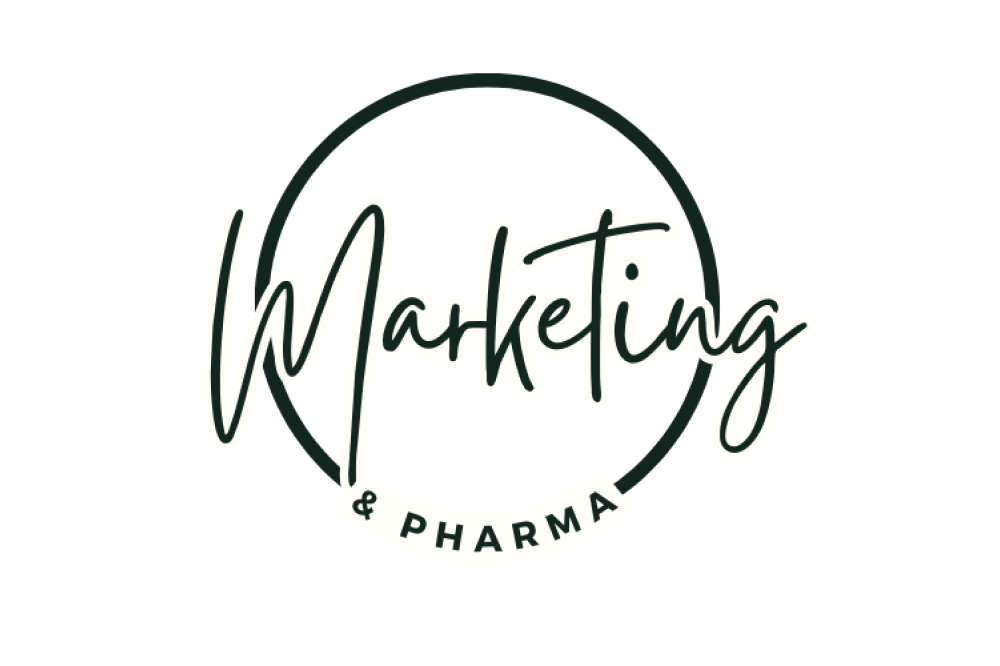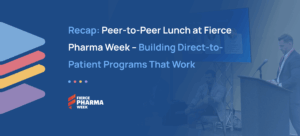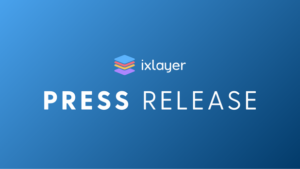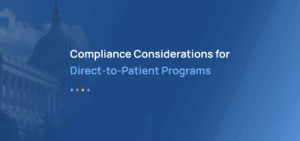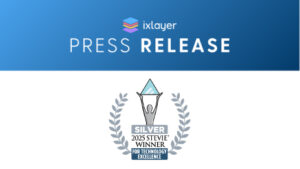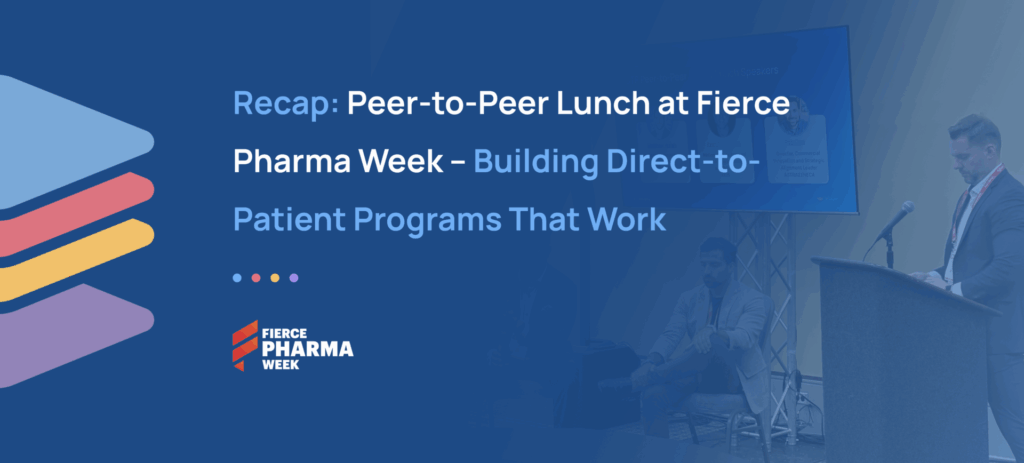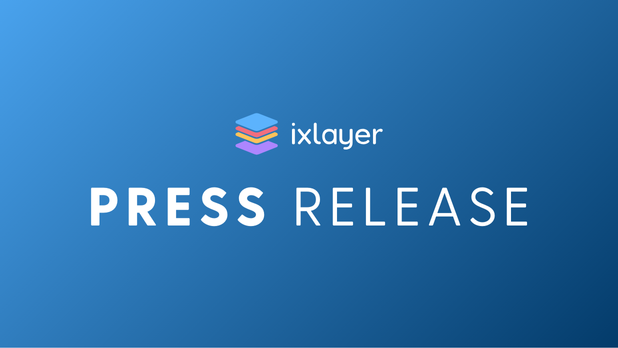This article was originally published in Marketing and Pharma, by Beth Snyder Bulik.
Next gen pharma telemedicine: Pharma moves from click-for-doctor buttons to broader direct-to-consumer healthcare
Early pharma telemedicine began with call-to-action buttons on a few drug brand websites. Two brands specifically – Allergan and Ironwood’s GI medicine Linzess in 2019, followed in early 2020 by Biohaven’s migraine drug Nurtec ODT, were among the first pharma companies to offer doctor visit connections on their websites.
Potential patients could click to “talk to a doctor online,” and in a distinct handoff, be re-directed to a partner telehealth provider website. The Linzess page specifically noted Allergan and Ironwood did not “in any way, endorse or recommend” the provider.
Then along came the Covid-19 pandemic, and telehealth visits boomed. Online visits spiked tenfold among Medicare recipients alone, going from 5 million in 2019 to 53 million during the same April-December time period in 2020, according to a US Government Accountability Office report. Spending on visits surged too – from $306 million to $3.7 billion during the same time periods.
Pharma companies weren’t deeply involved in the Covid telehealth boom. Digital health companies and physician practices moved in to cover remote patient visits and filled the pandemic need. For pharmas, trust was still a major issue – consumers wondered who were the online doctors and was pharma directing them to sell more products? Compliance was another hurdle in the nascent market.
They did continue to grow direct telehealth brand by brand though. Salix added it for GI med Trulance; AbbVie for migraine med Ubrelvy and Currax for its Contrave obesity oral medicine. Last year, both AstraZeneca and Phathom Pharmaceuticals added telehealth on their websites for asthma med Airsupra and acid blocker Voquezna, respectively. Even digital prescription apps added telehealth with Otsuka’s mental health Rx Rejoyn offering virtual consultations to get a script.
Meanwhile, the new GLP-1 weight loss drugs from Novo Nordisk and Eli Lilly soared in popularity. Surging demand caused shortages, spurring a cottage industry of non-pharma players in online telehealth and prescribing – and pharma seemed to reach a telehealth tipping point.
Both Eli Lilly and Pfizer launched corporate brand portfolio platforms last year, advancing pharma telemedicine well beyond call-to-action buttons on a brand website. LillyDirect followed by PfizerForAll direct-to-consumer platforms offer not only a portfolio of drug brands and access to online doctor appointments, but also diagnostic tests, pharmacy fulfillment, insurance help, promotional cost savings and a raft of other supports.
The result? Every pharma company now is considering, or re-considering, how, and if, direct-to-consumer telehealth fits into their go-to-market commercialization strategies.
UpScript is the OG of telehealth companies, the first in the US licensed to write prescriptions via online doctor visits in 2002, and has partnered with pharma companies for years. UpScriptHealth CEO Peter Ax said today’s conversations with pharma companies are far more sophisticated than they were even just a few years ago.
“Five or six years ago, they were all sort of studying it and trying to understand it. They weren’t ready to jump in,” he said. “Then they started small with projects – they’d call up with some questions or to ask about ways to think about things. That led to partnerships, and now strategic thinking. Pharma companies now come to us and say: ‘This is going to be a core part of our strategy for this brand or this medication and we want to be sure we understand all the elements of it.’ ”
UpScript’s pharma collaborations are booming. In 2022, it partnered with six pharmas, jumping to 16 in 2023 and almost 30 in 2024, Ax said. His prediction for 2025? UpScript “will easily double” last year’s total pharma partnerships.
Pharma companies aren’t only thinking about DTC telehealth for individual brands. Thanks to Lilly and Pfizer broader plays, others are considering portfolio, or above brand, direct-to-consumer telehealth, according to industry experts interviewed for this story.
There are different names for the new pharma telemedicine – direct-to-consumer (DTC) telehealth; direct-to-patient (DTP) healthcare; or both DTC and DTP used with telehealthcare. No matter the moniker though, it’s a big change in how patients are diagnosed, prescribed, and access prescription medications.
“It’s a fundamental shift that’s been happening even before telehealth – the shift from awareness to relationship in pharma,” said Brendan Gallagher, chief connected health officer at Publicis Health. “The blossoming of telemedicine or direct-to-consumer healthcare is really a byproduct of that shift. … At the end of the day, the healthcare system has not really provided this for patients. There’s an unmet need that these pharma brands are stepping into to solve the problem.”
Along with pharma and the industry’s traditional telehealth partners like UpScript are independent DTP healthcare providers like Ro which has been around for seven years but recently struck a first-ever deal with Lilly to resell its Zepbound (tirzepatide) obesity medicine.
“Patients are more informed than ever and they are taking more control over their health. The existing system is failing them and getting more and more painful to use,” said Ro CEO and co-founder Zach Reitano, in an email interview with M&P. “… Simply put, patients are able to get better, faster, and more affordable care on end-to-end platforms like Ro than they are elsewhere. Pharma companies recognize the same value that patients see in DTP care.”
Pharma marketers and DTC healthcare
Even as experts agree the pharma industry is shifting to embrace DTC and DTP healthcare, the goals and marketing strategies vary widely from one company to another.
Consider for example the two leaders in pharma direct platforms right now, Pfizer and Eli Lilly.
Pfizer is promoting its PfizerForAll around the ideas of same day telehealth appointments and easy vaccination scheduling. Its 2024 social media holiday ad campaigns emphasized convenience and relief. For migraines, its Instagram video shows remedies like acupuncture, shocks and ice baths and caps set to an instrumental version of “My Favorite Things,” noting those don’t have to a sufferer’s only favorite things, and encouraging talking to a doctor about newer options – with the PfizerForAll.com url on screen.
Another social video shows funny and sweet holiday moments, with onscreen text promising “Pfizer has your back” to protect the holidays, encouraging people to talk to a doctor, in this case, about the RSV, Covid-19, pneumoccal pneumonia and flu vaccines that may be appropriate. It also ends with the PfizerForAll.com url on screen.
In a December LinkedIn post, Pfizer US chief commercial officer Aamir Malik outlined the success of PfizerForAll’s first three months.
“Millions of people have already visited the site, many taking advantage of the services it offers – from scheduling vaccinations to booking same-day telehealth appointments with independent doctors,” he wrote. “As we gear up for the holidays and sick season, PfizerForAll aims to bring together resources to support Americans dealing with #migraine, #COVID19, #flu, and other respiratory viruses.”
Meanwhile, Lilly has been less promotional – it does have a playlist of LillyDirect videos on its YouTube channel, but the videos are basic explanations about diabetes, migraine or how to prepare for a telehealth visit. None of them mention or even show the LillyDirect website url.
While Lilly declined to talk about its plans, the pharma seems to also be leaning in both on drug safety – pushing back against GLP-1 compounders in lawsuits and trade disputes – and on lower pricing messages.
Patrik Jonsson, Lilly USA president and head of its cardiometabolic health business talked about the launch of LillyDirect’s Zepbound self-pay effort during its Q3 investor call in October. The no-insurance cash-pay option offers significantly reduced prices – $399 and $549 for 2.5 or 5 mg doses, respectively, versus Zepbound’s wholesale list price of $1,086.
While Jonsson noted the then one-month launch was “quite limited … at a low single-digit level,” he added, “We expect our direct self-pay though to be a very important channel to grow new therapy starts moving forward.”
Lilly’s GLP-1 partner Ro has been more progressive in promoting the duo’s collaboration broadly on TV and social media. A 15-second TV commercial debuted during Sunday NFL football in December about a week after the deal was announced with a simple message: “Ro now offers FDA-approved weight loss injections cheaper,” alongside a Zepbound vial and a Lilly partner seal.
“Ro and Lilly share a common goal of increasing access to authentic GLP-1s and we both see tremendous value in going direct-to-patient,” Reitano said. “Ro’s been innovating the DTP model for over 7 years, and we’re dedicated to giving patients the easiest and most effective healthcare possible. On Lilly’s end, in one year they brought a cheaper, more effective GLP-1 to market, launched a DTC platform for patients to access it more easily, and then released the vials at a lower cash-pay price to increase access even further. Working together, Ro and Lilly can help more patients seamlessly access the medication they need.”
New pharma partners in direct-to-consumer care
Growing along with pharmas’ advancing sophistication in DTC healthcare, is a group of service providers offering new services to make it easier and compliant-safe for pharmas to get into the market – and create seamless patient experiences.
“We’ve examined LilyDirect and PfizerForAll – we’ve had lots of people go through it to really explore what the nuances are and really what is the patient experience – because the goal is a better patient experience,” said Debra Harris, head of marketing at ixlayer healthcare tech company for biopharma. “They did a really good job putting it together, but we don’t think they get to that sort of ideal scenario of optimal patient experience. So there’s room to get better.”
Ixlayer launched its ixEngage direct-to-patient end-to-end solution in September with a suite of configurable options including white glove patient experiences, lab tests, prescription fullfillment, financial tools, and analytics plus of course telehealth and continuing connected care.
“When we think about direct to patient, it’s an all-encompassing journey, and multiple journeys depending on the patient need versus a one-size-fits-all telehealth only experience,” said Matt Walsh, ixlayer general manager of biopharma.
Eversana Intouch is an announced partner of LillyDirect, but while Angela Tenuta, president of full-service agencies, declined comment about that work, she did talk about the changing DTC telehealth landscape.
“We worked on some early telehealth, putting the widget on the website types of things,” she said. “But today it’s a more self-directed experience with pharma having more steerage on their telehealth. … Each one is going to come at it with a different lens depending on their objectives. We’ve made our [solutions] very modular because we work with so much big pharma. So they may already have a piece, say e-benefit verification, so they don’t need that module from us. We help them connect the pieces of the pipe, and sometimes they want us to control the pipe so they have distance from what’s happening and sometimes they want to own it so they have more control.”
What’s next for pharma DTP and DTC healthcare
“Every one of my pharma clients is trying to connect those dots. They see direct-to-consumer healthcare in the future and [want to figure out] what’s their role in it,” Gallagher said. “It’s not unlike when commerce went digital back in the day and the Unilevers and the Procter & Gambles of the world had to figure out ‘are we in the commerce game?’ … In the same way, the shift will continue to happen for pharma. Some organizations will say ‘You know what? It’s not an investment we want to make and we’ll partner with the Ro’s of the world.’ Others will say, ‘Nope, we’ve got to build this ourselves or we’re divesting in our future.’”
CLICK HERE to learn more about how ixlayer works with biopharma leaders to integrate a complete end-to-end, direct-to-patient experience into their marketing campaigns.
About ixlayer
ixlayer is the only end-to-end, direct-to-patient platform built for biopharma and optimized for patient choice. We help biopharma companies connect with patients from testing to treatment with speed, transparency, control and impact.
